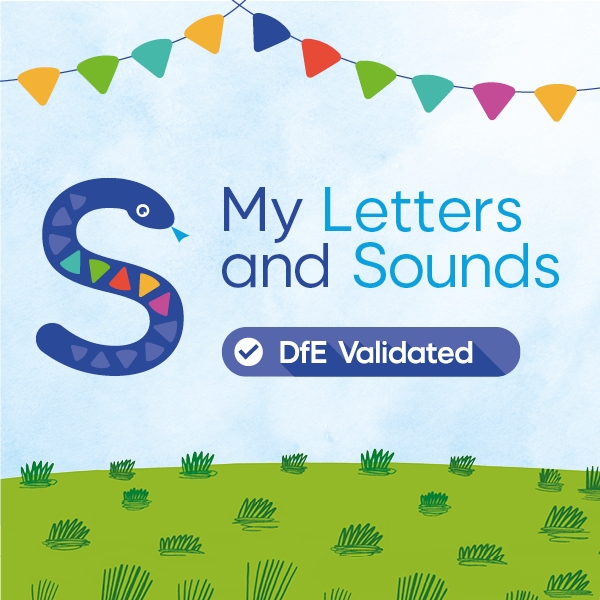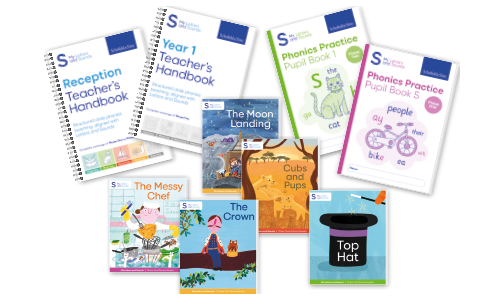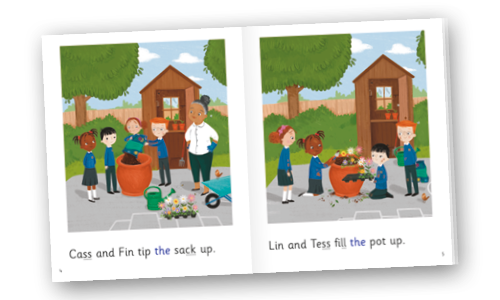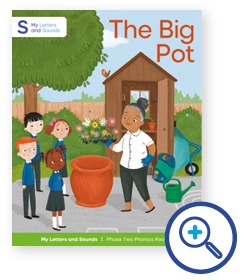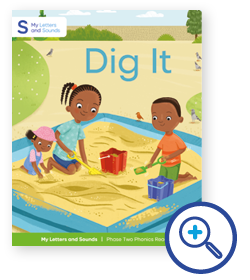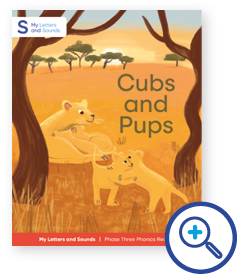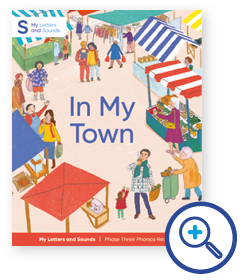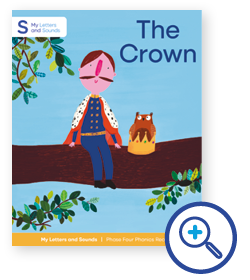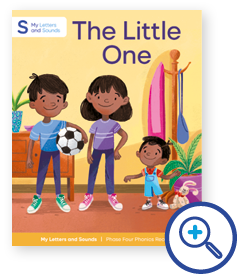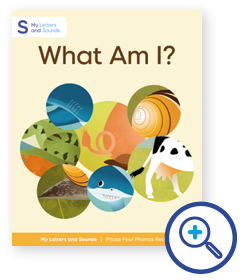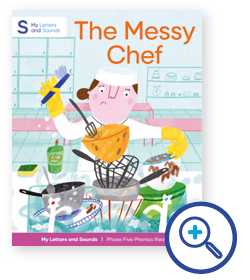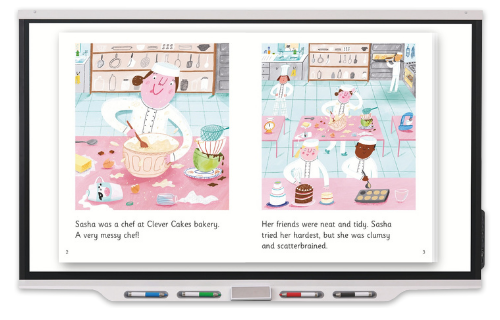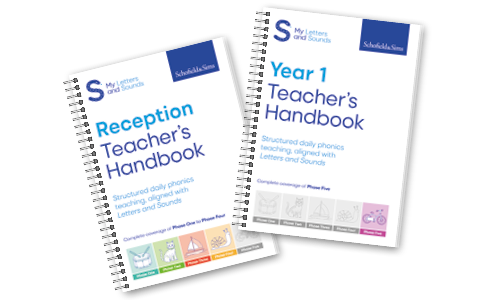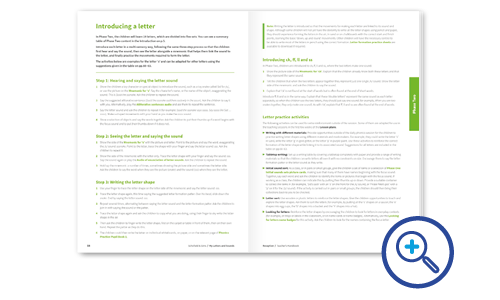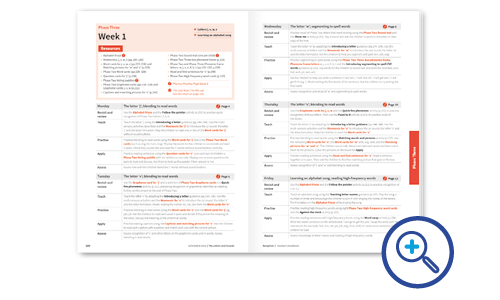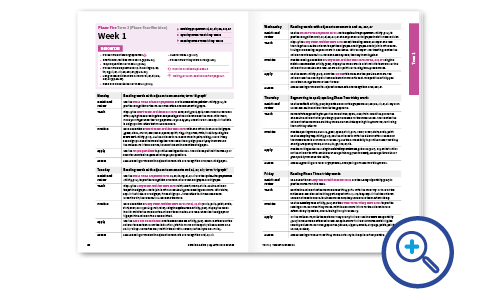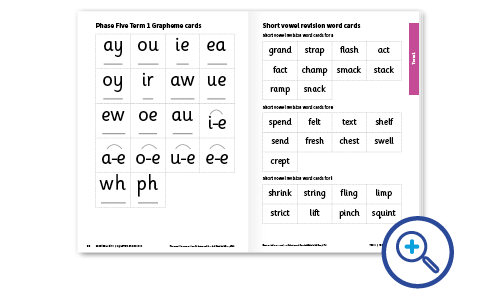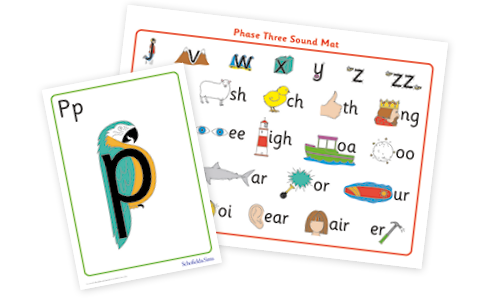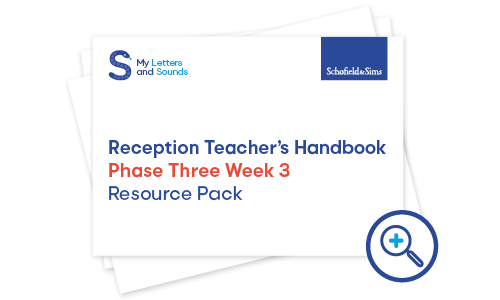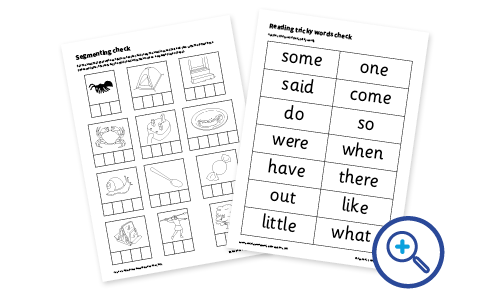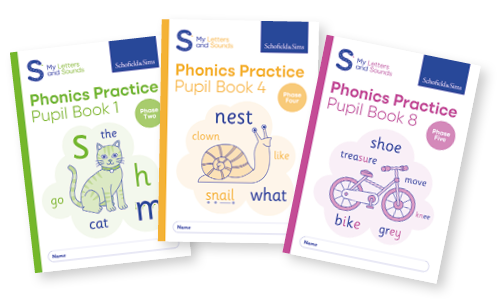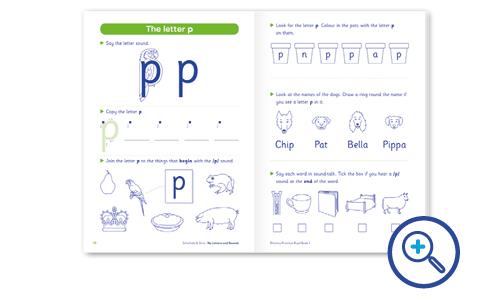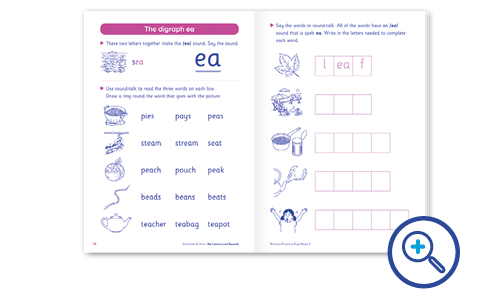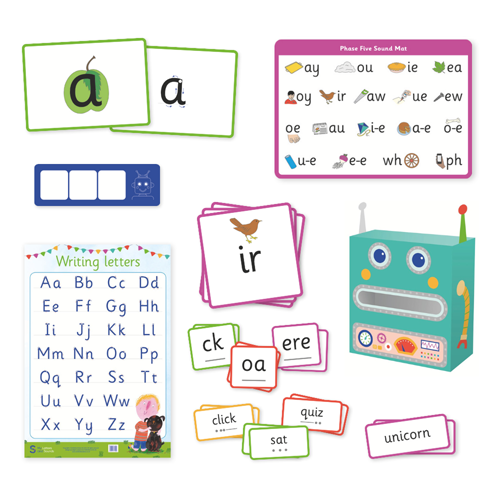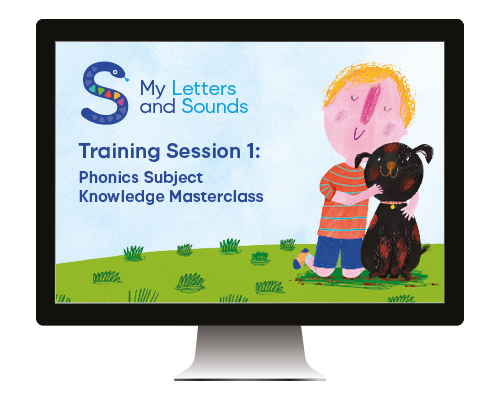Although most of the Phase One content relates to the Nursery part of the EYFS, the Reception Teacher's Handbook does contain guidance and activities relating to Phase One. It is recommended that you use the Phase One activities during the first fortnight of the Reception year, while school routines are being established, to practise key skills such as oral blending and segmenting while the children are settling in.
In addition, there may be some children starting Reception who still need to develop their awareness of sound and these children will benefit from continued use of the Phase One activities. This work would be done alongside, rather than instead of, the formal daily teaching of phonics that begins in Reception. Children do not need to have mastered all the skills in Phase One before beginning Phase Two.
The Phase One activities are organised into seven aspects, starting with general sound discrimination and moving on to sounds found in words. However, this does not represent a fixed order to be worked through: the boundaries between these different aspects are flexible and will overlap.
The teaching guidance for Phase One provides a bank of activities for each aspect, which teachers can draw on when planning activities for groups of children. The activities for each aspect are divided into three strands:
- Tuning into sounds (focusing on developing listening and discriminating between sounds)
- Listening and remembering sounds (focusing on developing auditory memory and the sequencing of sounds)
- Talking about sounds (focusing on developing vocabulary and language through talking about sounds, suggesting ideas and expressing opinions).
The emphasis on developing speaking and listening skills and enlarging vocabulary is present in all of the activities, as these are crucial for future success in reading. This means many of the activities in Phase One fall within the Communication and Language area of the statutory framework for the EYFS (and the Early Learning Goals 'Listening, Attention and Understanding' and 'Speaking'). Children are taught about good listening and encouraged to talk about the activities, participate in discussion and take turns to contribute.
The activities are largely adult-led and often designed for small groups, as this provides opportunities for the children to talk at length and have purposeful conversations with teachers, as well as hearing and using new vocabulary.
There is also a strong focus on using story, rhyme, poetry and song. This helps develop the children's listening skills, language and awareness of sounds within words, and is, again, something that should continue throughout the Reception year.
